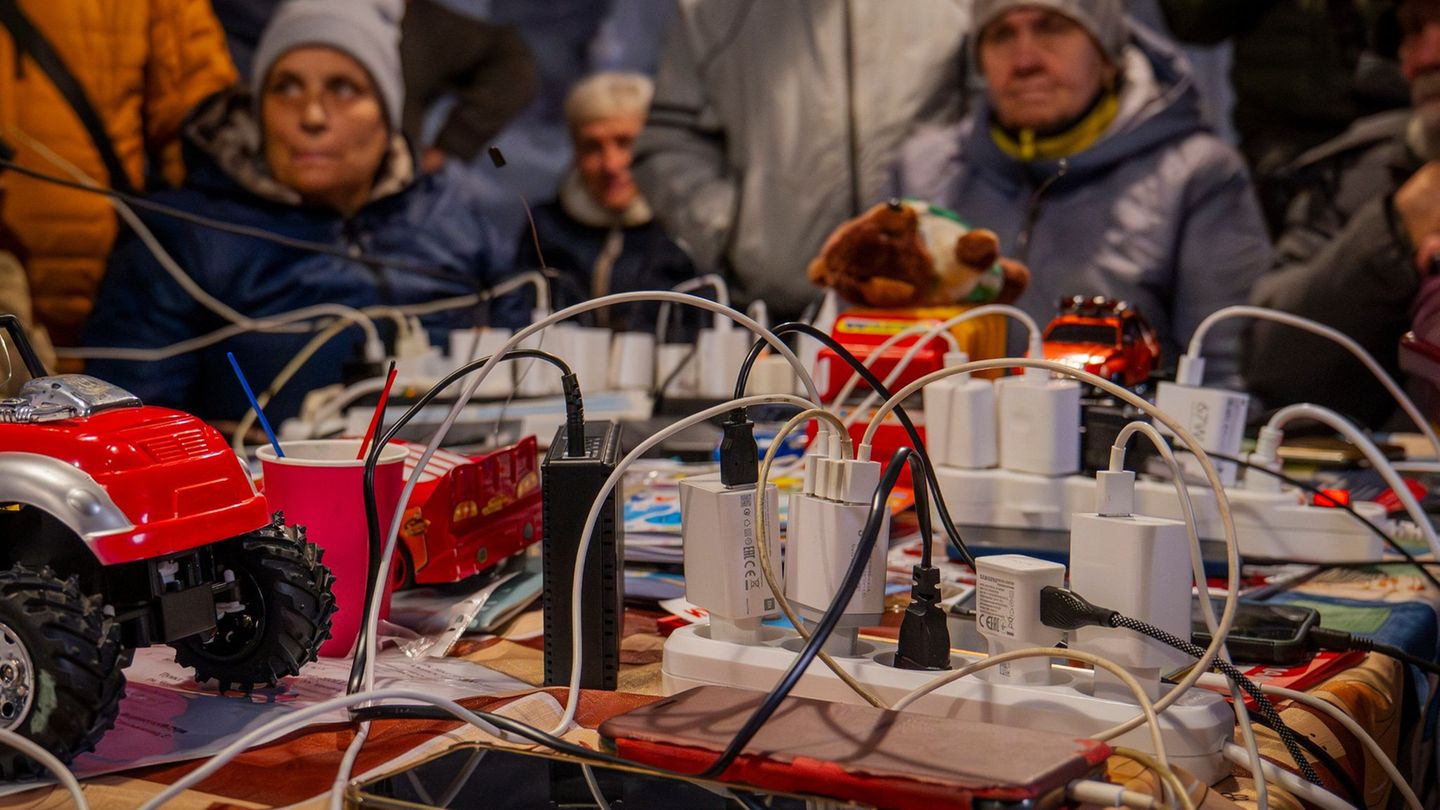Two-thirds of school principals in the country consider the lack of staff to be the biggest challenge in their school. The warnings are correspondingly clear in view of the possible consequences.
From the point of view of the principals, the biggest problem in Germany’s schools is the lack of teaching staff. This is the result of a representative Forsa survey commissioned by the Robert Bosch Foundation, which was published in Stuttgart on Wednesday.
The situation is particularly tense at schools in social hotspots. Significant learning deficits among students are also displayed. In view of the results of the survey, the GEW education union declared the “dark red alert” and called for quick and sustainable help for the schools.
According to the German School Barometer, for which only school management instead of teachers were surveyed for the first time since 2019, two thirds (67 percent) of those surveyed consider the lack of staff to be the greatest challenge at their school. With 80 percent, he is therefore mentioned particularly often in schools in socially difficult situations.
Sticking point also bureaucratic effort
“There is no quick and, above all, no easy solution to the shortage of teachers,” said Dagmar Wolf from the Robert Bosch Foundation. She explained that less bureaucracy could at least alleviate the current shortage of staff in schools. For example, hiring support staff in administration, educational assistants or foreign teachers could make things easier.
The GEW education union and the Education and Training Association (VBE) are also sounding the alarm. “The blatant shortage of teachers and skilled workers is the Achilles’ heel of the school system. It not only slows down almost every school policy reform project, but is now endangering the educational efforts in Germany as a whole,” said GEW board member Anja Bensinger-Stolze. “School management and colleges finally need framework conditions again in order to be able to do their work professionally,” she demanded. It is important to break out of the vicious circle of being overwhelmed by a shortage of teachers and being overwhelmed by a shortage of teachers. However, this will only succeed if politicians are willing to put more resources into the system overall.
Continuity is required
In the short term, faster recognition of foreign teaching qualifications and the qualification of career changers and lateral entrants could bring relief. In addition, the Conference of Ministers of Education (KMK) and the federal states must immediately develop a strategy to continuously train and hire a sufficient number of teachers.
“For us at school, a shortage of teachers is not just a number, it is a real threat to the pedagogical quality of what we offer,” said VBE national chairman Gerhard Brand. “Especially if people think even louder about shortening the teaching degree and the teaching qualification is already achieved with the bachelor’s degree.” This is a mistake, he warned.
The education policy spokeswoman for the FDP parliamentary group, Ria Schröder, called for a bureaucracy relief law for schools in view of the survey results. “The Ministers of Education should examine where unnecessary requirements can be eliminated. Schools and school management need more freedom and less bureaucracy,” she explained.
There are clear learning gaps
The school barometer also shows that more than three quarters (78 percent) of school principals feel that they cannot offer some students the adequate support they need with their learning. According to the survey, an average of 35 percent of students currently have significant learning deficits, at schools in socially difficult situations the figure is almost twice as many at an estimated 65 percent.
Far behind the lack of staff, the school managements surveyed cited the slow pace of digitization and poor technical equipment (22 percent) as problems, followed by too much bureaucracy (21 percent) and their own high workload (20 percent). According to the survey, the corona pandemic and the associated measures only concern every tenth school.
Despite the two billion euros in support from the federal-state package “Catching up after Corona”, the vast majority of school managements (70 percent) urgently need further funding, explained Wolf. The goal of supporting socially disadvantaged children and young people in particular was missed because all schools received funding according to the so-called watering can principle for a limited period of time. What is needed, however, is long-term, tailor-made support for the schools, demanded Wolf.
The immigration of schoolchildren also poses major challenges for schools. According to estimates by the school administrations surveyed, they have admitted an average of seven children and young people from Ukraine since March 2022. On average, there were five from other countries. According to the school barometer, around half of the schools currently see no more capacity to take on more pupils. At 45 percent, schools in socially disadvantaged locations in particular stated that they were already working beyond their capacity limit. According to the school barometer, they took in schoolchildren who had recently immigrated more often than average.
Source: Stern
David William is a talented author who has made a name for himself in the world of writing. He is a professional author who writes on a wide range of topics, from general interest to opinion news. David is currently working as a writer at 24 hours worlds where he brings his unique perspective and in-depth research to his articles, making them both informative and engaging.




